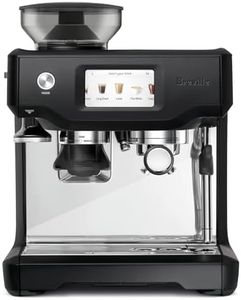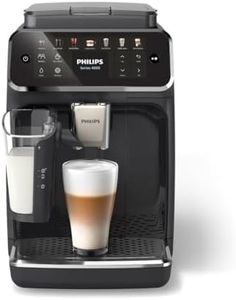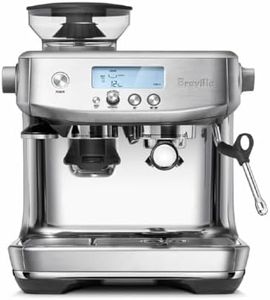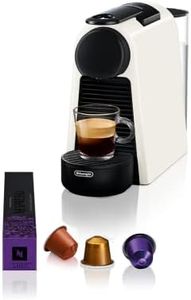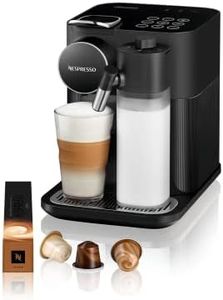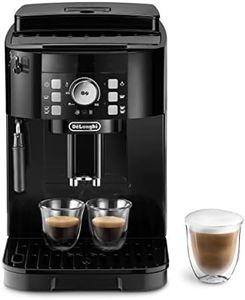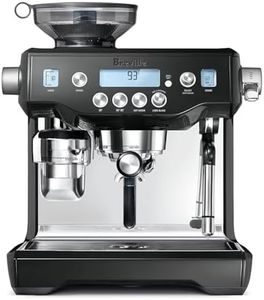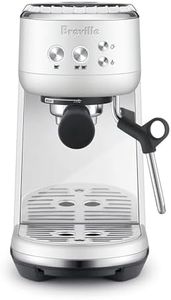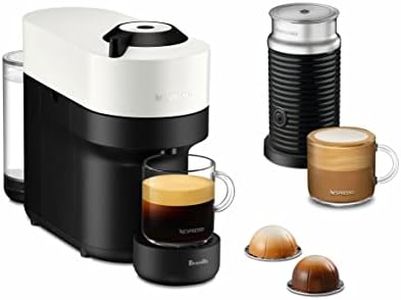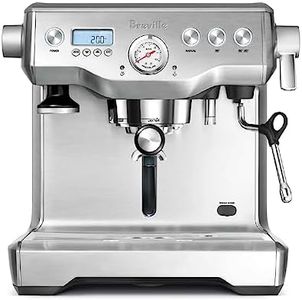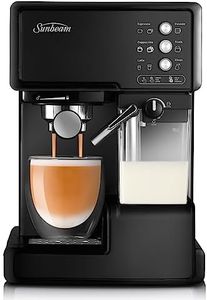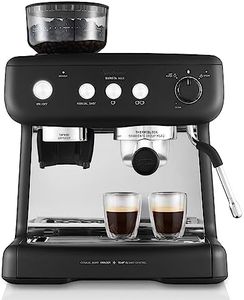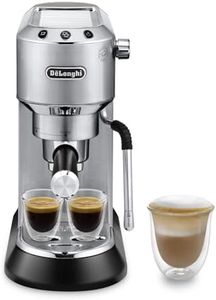We Use CookiesWe use cookies to enhance the security, performance,
functionality and for analytical and promotional activities. By continuing to browse this site you
are agreeing to our privacy policy
10 Best Inexpensive Espresso Machines
From leading brands and best sellers available on the web.Buying Guide for the Best Inexpensive Espresso Machines
Choosing the right inexpensive espresso machine can feel confusing because there are so many choices and features out there. The key is to focus on what matters most for your needs. Understanding a few important specs will help you get a machine that makes tasty espresso without any unnecessary complications. By considering your preferences—such as how much effort you want to put into the process, how much space you have, and how often you'll use it—you can find an espresso machine that's a perfect fit for your daily routine.Type of Machine (Manual, Semi-Automatic, Automatic, Capsule)The type of espresso machine refers to how much control you have over the brewing process. Manual machines require you to do most of the work, including grinding, tamping, and controlling the water flow—they’re ideal if you want a hands-on experience. Semi-automatic machines offer a balance, automating the water pressure but letting you manage grinding and tamping. Automatic machines make brewing easier by handling both water flow and pressure, while capsule (pod) machines make things super simple at the cost of flexibility. If you enjoy learning and experimenting, manual or semi-automatic might be best. If you want ease and speed, automatic or capsule machines are your go-to.
Pressure (Bar Pressure)Pressure is measured in bars and indicates how forcefully water is pushed through the coffee grounds. This directly affects the extraction and flavor of your espresso. Most machines advertise 9 to 15 bars of pressure. Lower-end machines may offer under 9 bars, which can mean weaker espresso, while machines with 15 bars might seem better, but anything above 9 bars is often more than enough. For most casual users, aim for a machine with at least 9 bars to get good espresso without over-complicating things.
Milk Frothing CapabilityMilk frothing lets you make drinks like cappuccinos and lattes. Some inexpensive machines include a steam wand for manual frothing, while others use automatic frothers or don’t have this ability at all. Manual wands allow you to control the texture but take a bit more skill. Automatic systems are more convenient but offer less control. If you enjoy lattes or cappuccinos regularly, look for a machine with reliable frothing. If espresso shots are all you want, this feature isn’t as important.
Water Reservoir SizeThe water reservoir holds the water used for brewing. Smaller tanks need frequent refilling, which can be annoying if you make several cups at a time. Larger tanks are more convenient but take up more space. If you make a lot of drinks each day or have multiple coffee drinkers in your home, opt for a bigger reservoir. For occasional solo use, a smaller one is just fine.
Ease of CleaningEspresso machines need regular cleaning to keep working well and the coffee tasting great. Some models are easier to take apart and clean, while others might require more effort. Machines with removable drip trays, easily accessible parts, and dishwasher-safe components make cleaning quicker and easier. If you want a hassle-free experience, choose a machine known for being easy to clean.
Build Quality and SizeBuild quality affects how long the machine will last. Cheaper machines often use more plastic, while sturdier models have metal parts. Physical size is important too—consider your counter space and how much room you're willing to give up. If you need something portable or have limited space, go for a compact model. If durability and longevity matter more, look for higher build quality within your budget.
